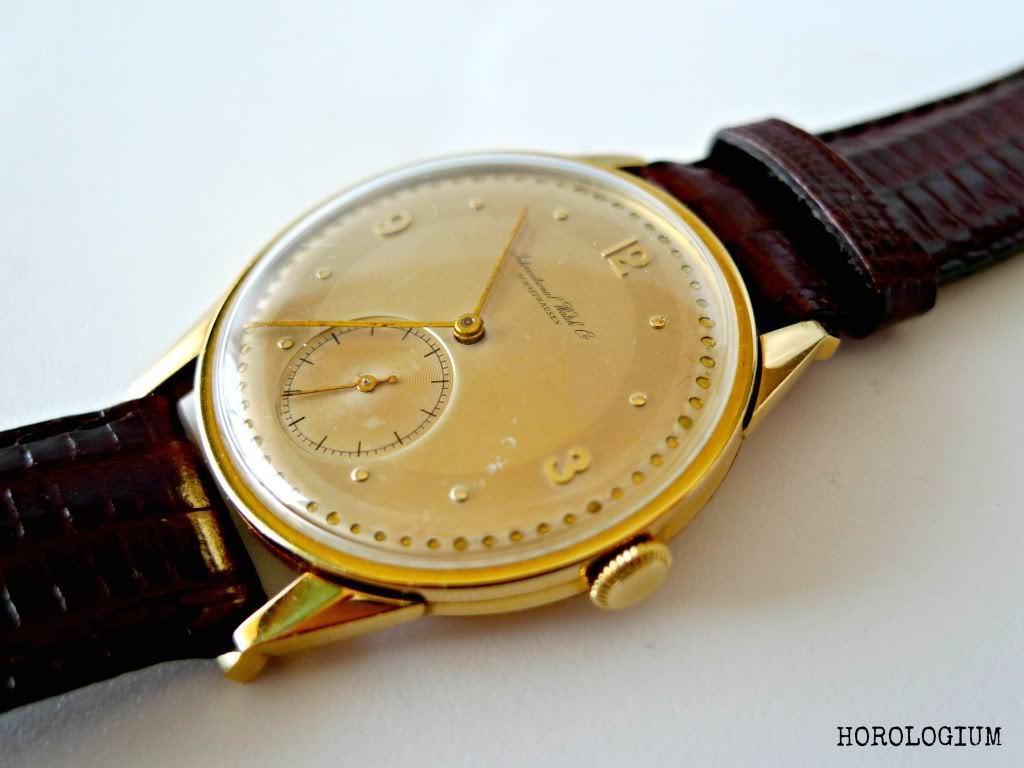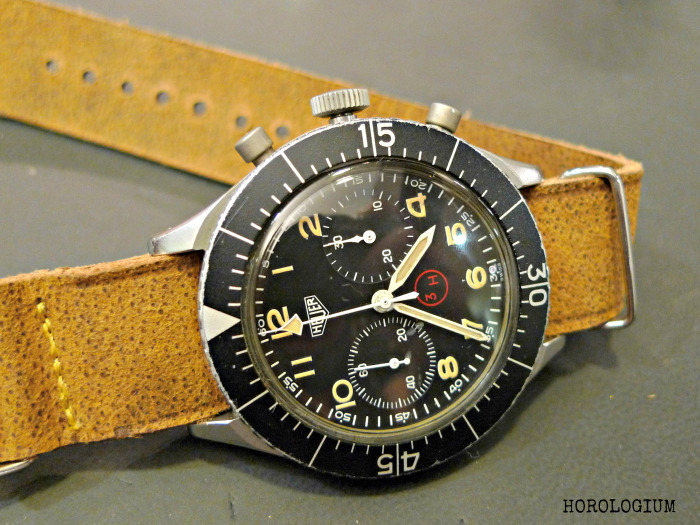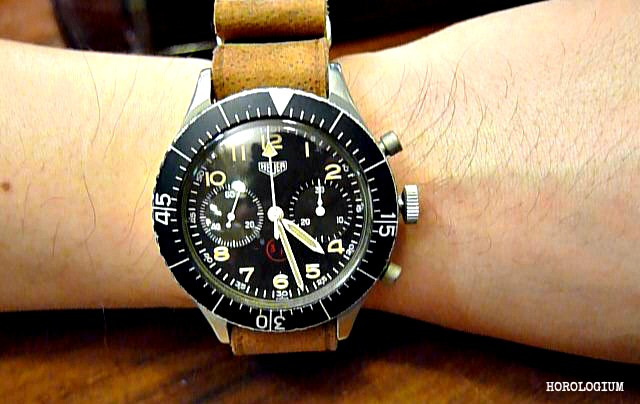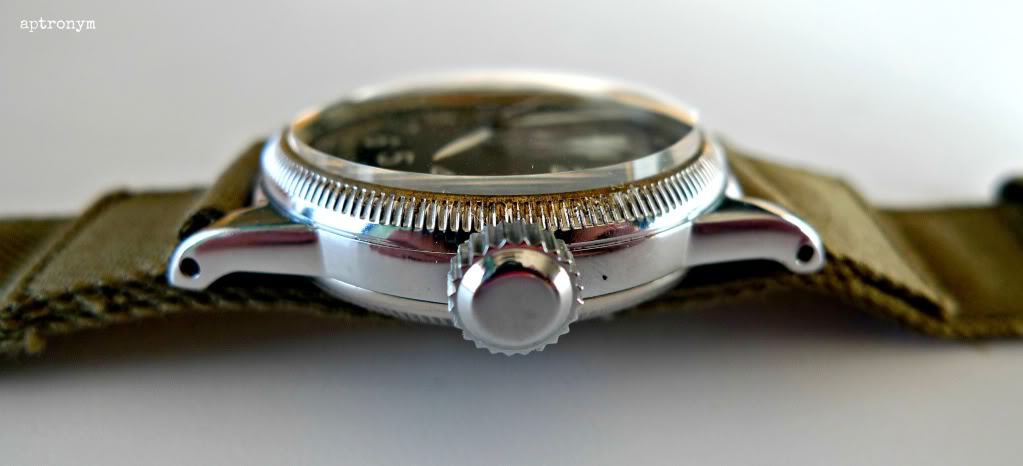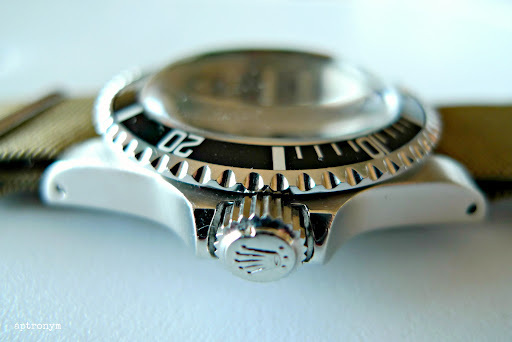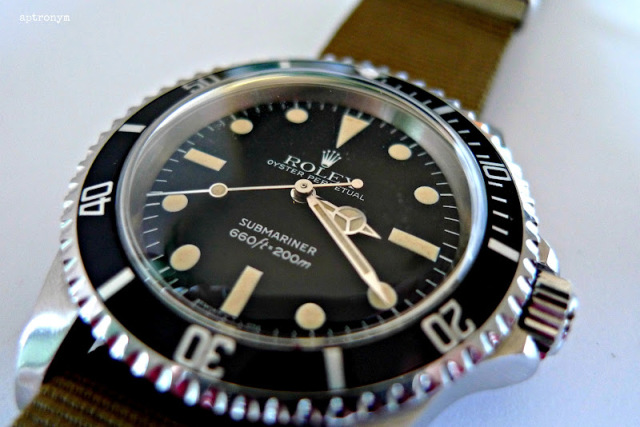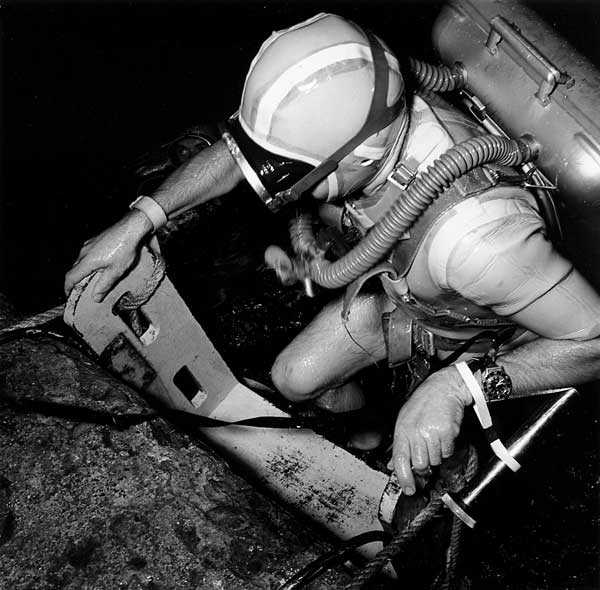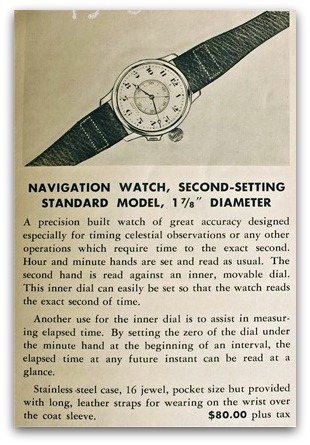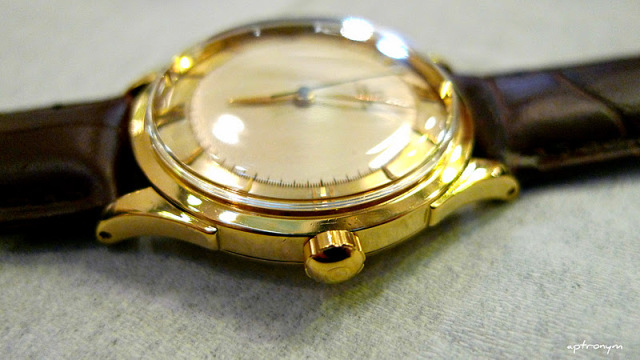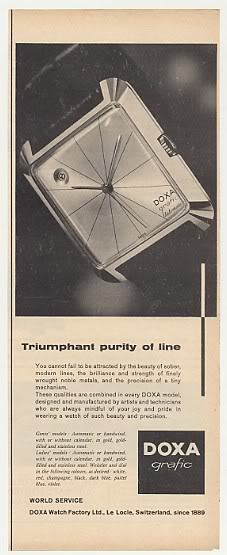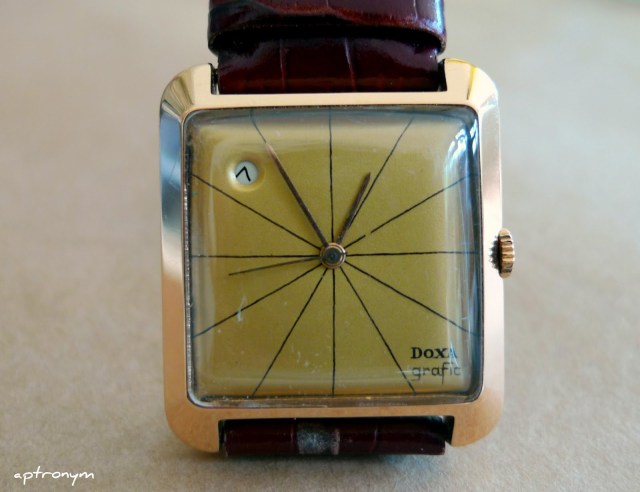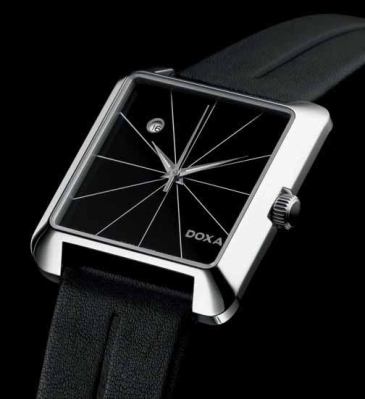
Are there sounds in the sea
Fifty Fathoms deep?
Sea Music : W. J. Turner (1884 – 1946)
In 1952, the French government created an elite team within the Navy called the ‘Nageurs de combat’ (combat swimmers). Headed by Captain Bob Maloubier, the new team’s missions included underwater intelligence, sabotage operations and clandestine port attacks.
Underwater diving was still in its infancy at this point, so Maloubier and his team had to design their diving equipment from scratch. This took two years, and involved new diving suits, fins, goggles, and a rare replica watch. The team was equipped with diving replica watches, but Maloubier was not satisfied, so in conjunction with Lieutenant Claude Riffaud, he set about designing a better one. Their design was first submitted to Lip, whose ambivalence was summarised by their comment that his design was “a portable clock without any future”.
The irony of this decision by Lip was not too far away.
Undeterred, Maloubier and Riffaud convinced Jehan-Jacques Fiechter at Blancpain, himself a keen diver, to produce the replica watch, which they named the ‘Fifty Fathoms’. A fathom is a unit of length used as a depth measurement in English-speaking countries, corresponding to a depth of 1.829 metres. Fifty Fathoms equates to 91.45 metres, the depth one can reach with traditional diving equipment. Jehan-Jacques was the nephew of Betty Fiechter who, with André Leal, had purchased Blancpain in June 1933. Betty had assisted in running Blancpain since 1915, and under the Fiechters, the Manufacture flourished.
The final Fifty Fathoms that went into production was not the exact design that Maloubier and Riffaud had presented, as Fiechter used his own diving experience to make some adaptations. These included a screw-down caseback with a double ‘O-ring’ system, and a humidity indicator at 6 o’clock (blue if the air in the case was dry, pink if water had penetrated the replica watch case).
Blancpain were unable to sell their replica watches directly to the French navy, and had to make their way to the Nageurs de combat via Spirotechnique, who were the official suppliers of scuba diving equipment to the French armed forces. Established in 1946, La Spirotechnique, which later became ‘Aqua Lung’, had its origins in 1942-43, when Jacques Yves Cousteau and engineer Emille Gagnan, who was working for L’air Liquide, a French company specialising in compressed gas, created the first scuba regulator.
Now we come to the (amusingly) ironic part. At the time, Lip was a dominant player in the French replica watch market. Blancpain was an unknown. This meant that Blancpain and Lip had to sign a marketing and distribution deal to get a foothold in the French market. In 1954 the Fifty Fathoms replica watches were launched, with both Lip and Blancpain markings on the dial. One wonders whether there were any animated discussions at this time at Lip about opportunities lost.

Within a decade of its launch, Blancpain’s Fifty Fathoms had been adopted by a few specialist oceanographic exploration and research organisations. Most famously, Jacques Cousteau selected the Fifty Fathoms as the dive replica watch of choice for his 1956 Cannes Film Festival Palme d’Or winning ‘Le monde du silence’ (The Silent World).
From the early 1950s through the 1970s, the Fifty Fathoms became popular amongst the military, and used by the armed forces of Israel, Germany, Sweden, Norway, Denmark, Poland, Finland and the U.S. When the Americans were looking for a dive replica watch, there was a ‘Buy American’ policy, whereby American manufacturers were given a 25% price advantage over non-American competitors. Fortunately for Blancpain Allen Tornek, who had met Jehan-Jacques Fiechter through their common interest in diving, took an interest in helping out.
To get around the various restrictions, the Tornek-Rayville company took the Fifty Fathoms and rebranded it for the U.S. military under two names “Blancpain Tornek” and “Rayville Tornek” (‘Rayville’, a phonetic anagram of Villeret, was the name used by Fiechter for some of Blancpain’s production). About one thousand Tornek-Rayville Fifty Fathoms were produced, most of which were destroyed by the Navy at the end of the commission, so they are particularly sought after replica watches.

To understand the history of Fifty Fathoms is arguably a lifetime’s worth of work, given the list of companies involved, the number of iterations (estimated at around 100) of design/ movements/ size, and the fact that there have been both military and civilian versions.
In late 2010 and through to 2011 Blancpain launched a travelling worldwide exhibition of the history of the Fifty Fathoms. Starting at their boutique at Place Vendôme in Paris, it was a Fifty Fathoms/ dive replica watch enthusiasts’ dream, an incredible exhibition over sixty replica watches retracing its history and a truly once-in-a-lifetime chance to see such a group together.
Mostly consisting of historical models owned by collectors but also covering the latest models, this beauty, belonging to a distinguished collector friend of JPVFX’s, formed part of this important exhibition.

A rare early Fifty Fathoms Rotomatic Incabloc from 1954-1955 (possibly pre-dating the Rolex Submariner), this replica watch is 41mm with a thickness of 12mm. In a stainless steel case with a screw down case back, it is anti-magnetic and has a bi-directional bezel. The dial is a glossy gilt, and the indices and baton hands are radium-coated. The movement is Cal A. Schild 1361N, rhodium-plated with 17 jewels, line lever escapement, monometallic balance, shock-absorber and self-compself-compensating flat balance-spring.
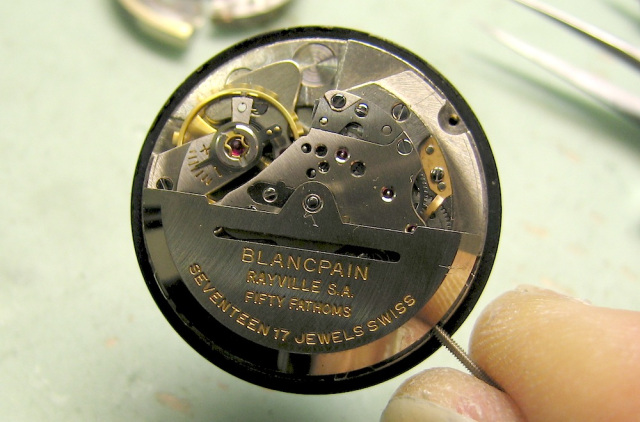
Invented in 1934 and manufactured by Incabloc S.A., the Incabloc shock protection system is the trade name for a spring-loaded mounting system for the jewel bearings that support the balance wheel in a mechanical replica watch, to protect the wheel’s delicate pivots from damage in the event of physical shock.
The early Fifty Fathoms replica watches are very difficult to find nowadays, and poor condition is often an issue. There is really something particularly amazing about vintage tool replica watches like this one that somehow, after over half a century, manage to still have a brightness and clarity to them.
I admit that I’ve wanted a vintage Fifty Fathoms for little while. I really wouldn’t mind this one …

Yes you read correctly – a note signed for the 50 Fathoms owner by Captain Bob Maloubier himself
Call me old fashioned, but I’ve never managed to get my head around rose gold Fifty Fathoms, tourbillon Fifty Fathoms. I understand the desire to develop and innovate models that have become synonymous with your brand, but when a replica watch was created as a proudly utilitarian dive replica watch, I can’t help but think that something is lost when it is turned into an unnecessarily elaborate timepiece.



